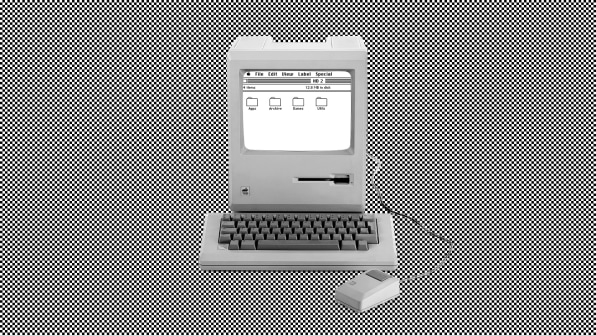
The means of activating that contact is mechanized. Keystrokes register by way of electric signals sent from a contact beneath each key, which are sent to the computer through a wire. Computer keyboards have no lever and no type bar. Typewriter keyboards feel the way they do because each key connects to a lever that, when pressed, acts on a type bar that presses ink to page. Though somewhat antiquated, these old keyboards still showcase some nice innovations. That "feeling" is exemplified by the Model M, and has helped create a surprisingly large market for a 30-year-old piece of equipment that weighs five pounds. Mechanical (or clicky) keyboards improve typing speed and help eliminate carpal tunnel syndrome-but the real draw is the tactile feel of typing on a real keyboard it's the reaction of feeling the physical switches under the keys. He finds, buys, rebuilds, and then sells IBM Model M keyboards to nostalgic, discerning geeks through his website.

But no one better understands that romantic pull, or works harder to preserve it, than Brandon Ermita.Įrmita runs Clicky Keyboards, a side job to his regular gig as Princeton University's IT manager.


That signature click-clack-probably louder than it should be in polite office society-generated by rapid-fire key presses with your flying fingers is something mostly lost to our touchscreens and our modern, ultra-slim, low-travel keyboards. Few things in the computing world are as viscerally satisfying as typing on an old-school mechanical keyboard.


 0 kommentar(er)
0 kommentar(er)
